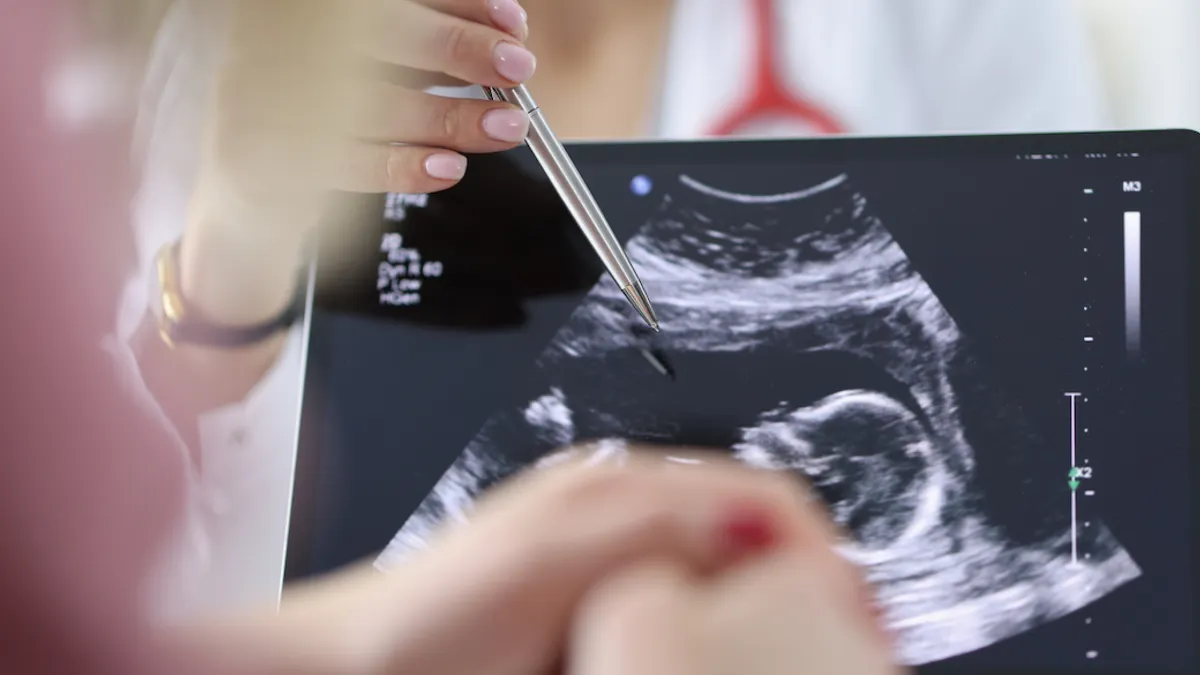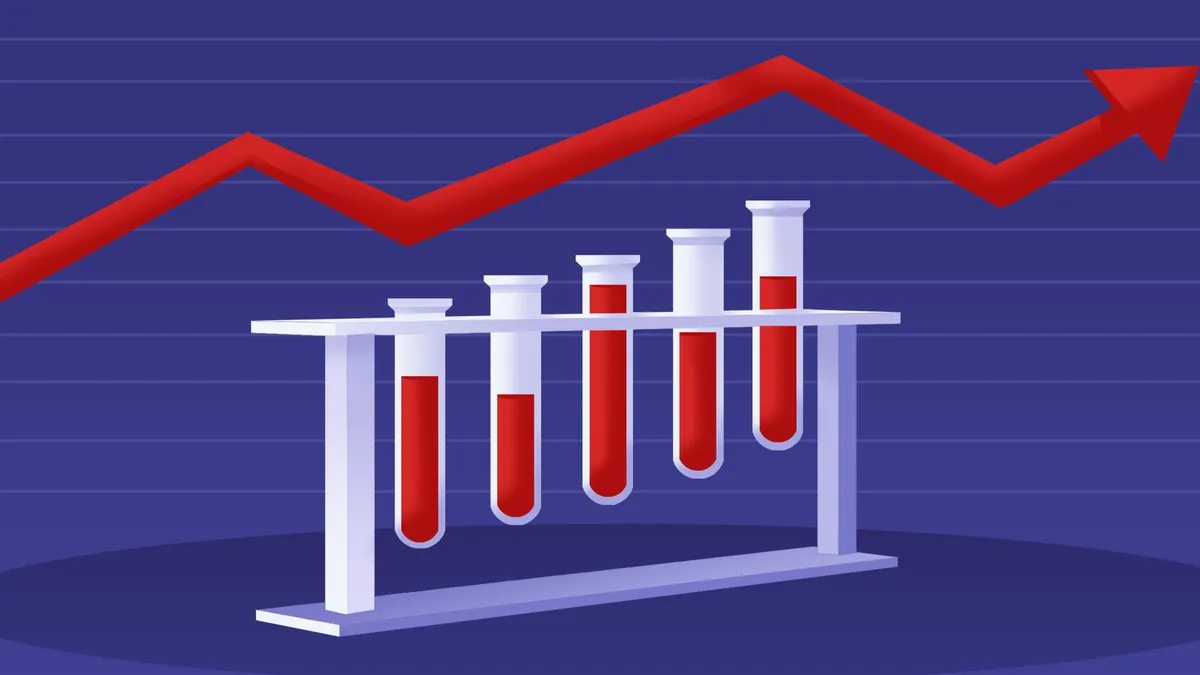In the late 1950s, the thalidomide disaster rightfully kicked off an ongoing and intense scrutiny of pregnancy drug side effects. Untested in pregnant women and initially thought to be safe, the sedative and morning sickness treatment resulted in serious birth defects globally. However, thanks to then-FDA reviewer Frances Kelsey, thalidomide was not permitted to enter the U.S.
Since the thalidomide chapter, many FDA-approved drugs have been deemed unsafe for pregnant women. Acne-treating oral retinoids can cause severe birth defects; blood thinners like warfarin can precipitate bleeding in newborns; and regular use of pain-relieving NSAIDs like ibuprofen may increase the risk of miscarriage.
For years, the pendulum has swung understandably towards safeguarding the health of the fetus. But with pre-existing chronic conditions like type 2 diabetes, autoimmune diseases, and mental health conditions on the rise, the health of the mother must remain in focus. Women with pre-existing anxiety or depression, for example, can’t simply forgo their medication or reduce their dose. Anxiety and mood swings for the mother can impact the fetus (or newborn, if the mother develops post-partum depression) in a more harmful way than the medication itself.
The delicate balance of drug development & administration
Pregnant women are generally excluded from randomized controlled clinical trials of medications, requiring researchers to rely on real-world studies. However, real-world studies can be less reliable indicators of effectiveness and safety due to confounding factors and bias. The pregnancy ‘window of effect’ further complicates this process; a product that is injurious to the fetus in the first trimester may not be in the third trimester once certain developmental milestones have passed. Finally, the fact that pregnant women may take multiple medications at a time means it can be difficult to pinpoint the true cause of untoward outcomes such as fetal injury or loss.
Treatment guidelines in pregnancy have historically prioritized fetal health. With advances in technology, the medical sector has been able to harvest rich, multimodal data on how treatment protocols affect the mother-fetus pair. Drugmakers have conducted large observational studies that follow pregnant women who take medications, like The National Birth Defects Prevention Study (NBDPS). Data collection has matured to include drug micro-dosing, organ-on-a-chip technology, and earlier-stage fetal monitoring. Continued forward movement for the industry involves a balanced approach between the health and safety of the mom-baby dyad, and innovative data collection methods that inform that balance.
New data sources and collection techniques
Stanford Medicine, for example, is improving data collection techniques for pregnant individuals through wearable devices and sensors. Their devices collect real-time data on various physiological parameters such as the mother’s heart rate, sleep patterns and physical activity.
These biomarkers can then be correlated with pregnancy outcomes. Stanford’s study of wearable device data from 1,000 pregnant women in 2023 showed that poor sleep and reduced activity in pregnancy increases the risk of premature birth. The rise of digital data in healthcare is fostering growth in repositories of patient data, including prenatal care, medication use, lab results, dietary habits, environmental stressors, and other factors offering rich opportunities for analysis.
As access to these data grows, emerging technologies in machine learning (ML), artificial intelligence (AI), and natural language processing (NLP) will have a greater impact on product development and administration. AI/ML techniques can be applied to large datasets to identify complex relationships between maternal and fetal factors and pregnancy outcomes. Through NLP and real-world data analysis, both drugmakers and HCPs can extract information from unstructured data like clinical notes and social media to gain a greater understanding of the safety and effectiveness of interventions in real-world settings.
It’s important to note that almost all the new technologies being used in pregnancy-related data collection and analysis are still nascent. For example, gestational age – which involves precise calibration of the developmental stage of the fetus – can potentially be found in or estimated with EHR and/or claims data, but the accuracy of the datapoints employed varies. Because of privacy concerns, precise birth dates may be masked (offering only month and year of birth but not the date).
As these technologies evolve and more accurate algorithms are developed, more precise data on gestational age means that researchers can better assess the potential risks of treatment exposure within specific timeframes. Data sources that pre-link the mother-infant pair (or pairs, in multiple birth events) and include an analytics module that is designed to interrogate the paired object(s) are a big step towards more intuitive and rapid analysis. This can be especially helpful when a safety issue that arises needs contextualization and workup.
Ensuring drug exposure awareness in pregnancy continues to be a priority
Apps such as MommyMeds can be consulted by pregnant women and their healthcare providers (HCPs) to verify the safety of specific medications during pregnancy or breastfeeding. Moreover, patients and their HCPs can consult reputable databases and websites such as BUMPS and The Cleveland Clinic. Finally, guidelines on treatments in pregnancy are available from the American College of Obstetricians and Gynecologists and the FDA.
Pregnant woman and their HCPs are more empowered than ever to tap into an evolving, multi-faceted compendium of information on real-time pregnancy exposures. We’ve come a long way in sixty years, and enhancements in data collection, data linkage, and analytic methods will improve pregnancy outcomes in the next sixty.
Interested in how Panalgo can help your company with mother-infant linked data to enhance pregnancy data? Contact us.










